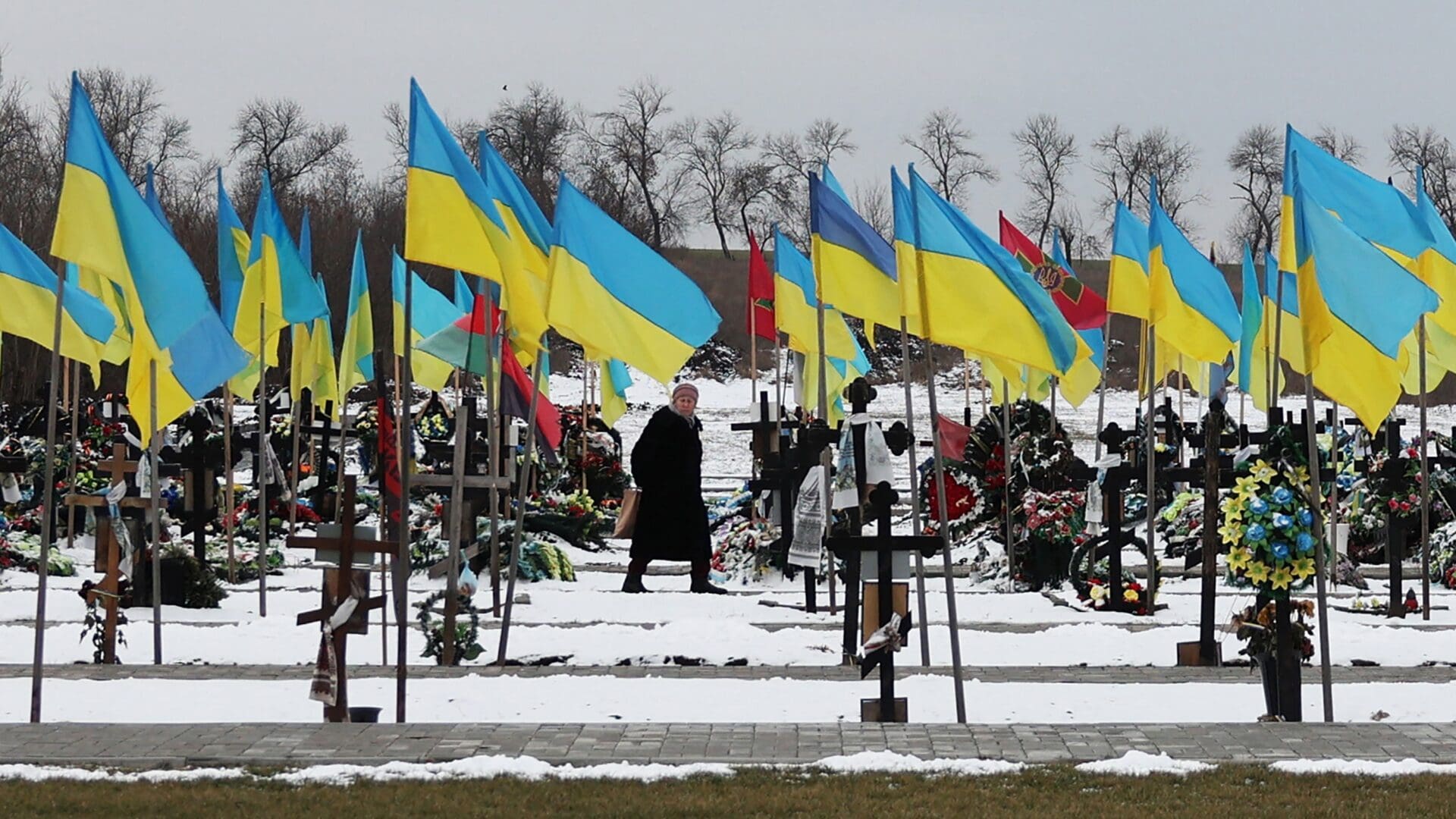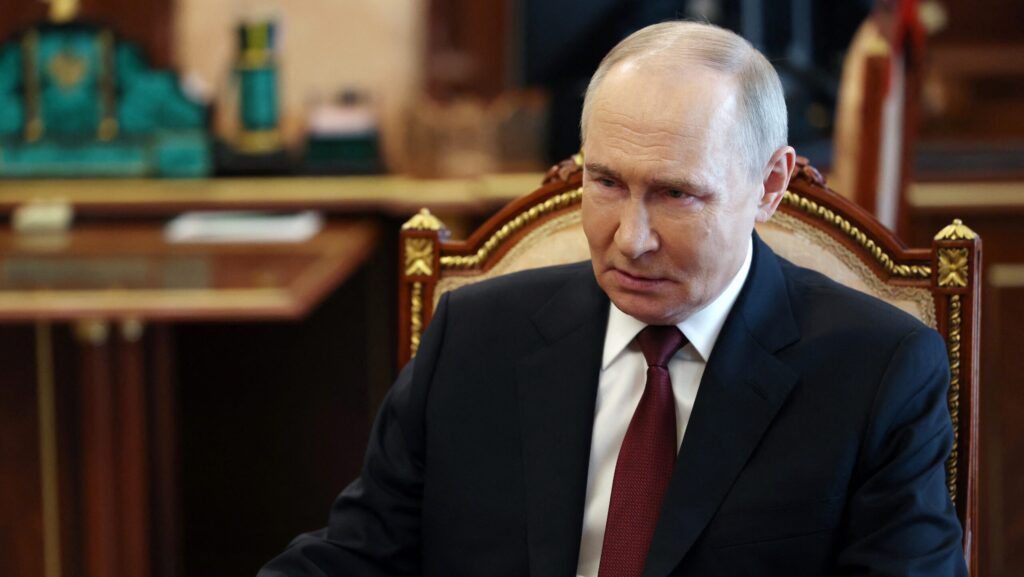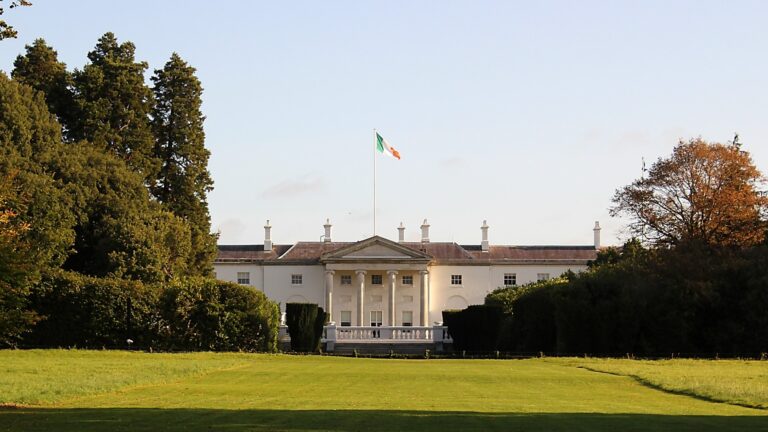Two years ago, on 24 February 2022, Russia launched a full-scale invasion of Ukraine, marking a grim turn in European history. It mirrored conflicts not witnessed since the Yugoslav wars of the 1990s, plunging the continent back into the throes of war. Today, as the open military conflict enters its third year, little progress toward resolution has been made, leaving us no closer to peace than we were 12 or 24 months ago.
First, a quick summary of the ‘results’ of the war so far. Given the lack of precise figures from either side regarding their own losses, we must rely on various estimates. According to the latest figures released by the Ukrainian army, Russian casualties since February 2022 have reached nearly half a million. As of August 2023, US officials have estimated the total losses to be around 500,000, encompassing both the deceased and wounded from both the Russian and Ukrainian sides.
According to the UN High Commissioner for Human Rights’ data released in September 2023, nearly 10,000 civilians have lost their lives due to fighting, air raids, and artillery strikes since the war’s inception. Additionally, approximately 18,000 individuals have sustained injuries. The conflict has also inflicted significant damage on various Ukrainian infrastructures. According to Statista, the destruction of residential buildings alone has incurred costs of $50 billion, while transport infrastructure damage is estimated at $36 billion, and energy infrastructure at $11 billion.
The total estimated damage amounts to $135 billion.
Since the outbreak of the war, Western allies have extended their full support to Ukraine. According to the Kiel Institute for the World Economy Ukraine Support Tracker, the European Union has emerged as the largest donor to Kyiv, contributing approximately €85 million in military, financial, and humanitarian aid to the war-torn country up to January 2024. Following closely behind is the United States, which has provided €67.6 billion in aid to Kyiv, with €42.2 billion designated for military assistance alone. Notably, Germany has individually contributed around €22 billion in aid, in addition to its EU contribution. Surprisingly, France—one of the biggest economies of the EU—does not appear on the list of Ukraine’s most generous donors.
On the opposing side, Russia has also successfully mobilized its allies. It has procured drones from Iran and artillery shells from North Korea, which are pivotal in the current stage of the conflict. Additionally, Russia has effectively transitioned its economy into a wartime footing, increasing its artillery shell production capacity from 1 million to up to 4.5 million annually. Despite the European Union’s recent announcement of its 13th package of sanctions, the anticipated impact of these punitive measures remains elusive two years into the conflict. According to a recent report, European Union member states alone purchased €1.1 billion worth of ‘laundered’ Russian oil in 2023. Furthermore, Russian oil revenues reached an 18-month peak in October 2023, totaling $17.6 billion, as reported by Bloomberg. In 2023, the Russian economy exhibited a growth rate of 3.6 per cent, surpassing the EU average of 0.5 per cent for the same period.
Continuing Stalemate
Ukrainian President Volodymyr Zelenskyy has achieved several notable political successes in recent months. In December 2023, the leaders of the EU Member States decided to initiate accession negotiations with Ukraine. Subsequently, at the European Council summit on 1 February 2024, €50 billion in financial assistance to Kyiv over four years was approved. Meanwhile, domestically, Zelenskyy has implemented significant changes to the military leadership, replacing Commander-in-Chief Valery Zaluzhny—who, according to opinion polls, could have been Zelenskyy’s primary political opponent in any potential election. Furthermore, media coverage of the Israeli-Arab conflict, which reignited on 7 October last year, has somewhat diminished—compared to the early stages of the conflict—, refocusing attention on Ukraine.
Despite these advancements, the most significant challenge remains unresolved—the deadlock in the US Congress regarding additional military and financial aid to Ukraine.
This impasse is unlikely to be resolved before the November elections, leaving a substantial burden on the European Union to compensate for the significant gap left by Washington. This task is particularly daunting considering that the EU has only been able to deliver 300,000 of the 1 million artillery shells promised for March 2024.
Meanwhile, scepticism regarding Ukraine’s prospects for victory is on the rise. Republican Senator J.D. Vance recently addressed the Munich Security Conference, expressing doubt that the aid package currently stalled in Congress would have a substantial impact on the battlefield. He argued that the window of opportunity for peace talks with Russia should be seized while it remains open.
According to an opinion poll conducted by the European Council on Foreign Relations (ECFR),
the vast majority of Europeans no longer believe in Ukraine’s eventual victory.
Only 9.6 per cent of respondents believe that Kyiv will ultimately prevail over Russia, with the majority favouring peace talks instead. This sentiment is particularly strong in Hungary, Greece, and Italy. The views of European voters are also reflected in the increasing support for right-wing parties across the continent advocating for a more cautious approach towards Ukraine. With European Parliament elections scheduled for June, there are predictions of an unprecedented victory for right-wing parties, which could further undermine Ukraine’s prospects for success. Not to mention a possible victory for Donald Trump in the November presidential elections.
While the capture of Avdiivka marked a significant victory for Russian forces after long months of siege, it’s challenging to characterize Moscow as being in a state of momentum. Russia is gearing up for presidential elections in March, where Vladimir Putin’s victory is all but assured. However, the sudden death of opposition leader Alexei Navalny has brought unwelcome attention to the Russian president. Following Navalny’s passing, protests erupted in several Russian cities, resulting in the detention of hundreds of individuals. In response to the alleged assassination of the opposition leader—although no concrete evidence has yet surfaced—, the United States has announced an unprecedented package of sanctions against Russia.
2025 – The Year of Peace?
The international landscape surrounding the war in Ukraine has undergone significant changes compared to a year ago. On the first anniversary of the conflict, Ukraine had achieved a successful counter-offensive and was filled with optimism, preparing with high hopes for further advances in the spring, which, as we now know, did not materialize. This year, the situation is markedly different. With a depleted Ukrainian army, under new leadership—whose initial major decision was the abandonment of Avdiivka—Ukraine finds itself in a defensive position. Moreover, Europe and America are both on the brink of elections, the outcomes of which could profoundly influence the ultimate resolution of the conflict. If 2023 was characterized by optimism, hope, and momentum for the war in Ukraine,
2024 can be aptly described as a year of anticipation,
for both the belligerents and their supporters alike.
Kyiv is eagerly awaiting support from its Western allies, including military equipment, air defence and artillery systems, as well as ammunition, necessary to contain Russia. On the other hand, Russia is biding its time, anticipating a lack of Western support to deliver devastating blows to the remaining Ukrainian forces and defensive lines through relentless artillery and air strikes. Meanwhile, Europe and the United States are in a holding pattern, awaiting the outcome of upcoming elections, unlikely to announce significant, longer-term actions or support during the campaign period. However, amidst this geopolitical chess game, one critical factor cannot afford to wait—the Ukrainian civilians, the European populace bearing the brunt of sanctions policies, and the average American taxpayer funding the war. For them, the optimal solution would be a swift peace agreement or, at the very least, a ceasefire agreement.
As Hungarian Minister of Foreign Affairs and Trade Péter Szijjártó has reiterated many times, the prospects for peace today are dimmer than they were yesterday, but brighter than they will be tomorrow. If there were a responsible leadership in both Washington and Brussels, 2024 could easily become a year of peace rather than a year of waiting.
However, as of now, this prospect remains elusive. But if current trends persist, it is conceivable that next year peace will already be a reality rather than just a hope. Of course, any peace agreement must address Ukraine’s needs including its territorial integrity and sovereignty, while also taking into account Russia’s legitimate security concerns regarding Ukraine’s potential NATO membership. Such a sustainable peace would ensure that a tragedy like this never occurs again on European soil. While this goal may currently seem far-fetched and perhaps utopian, it is far from idealistic given the upcoming elections. 2025 must be the year of peace in Ukraine.
Related articles:








